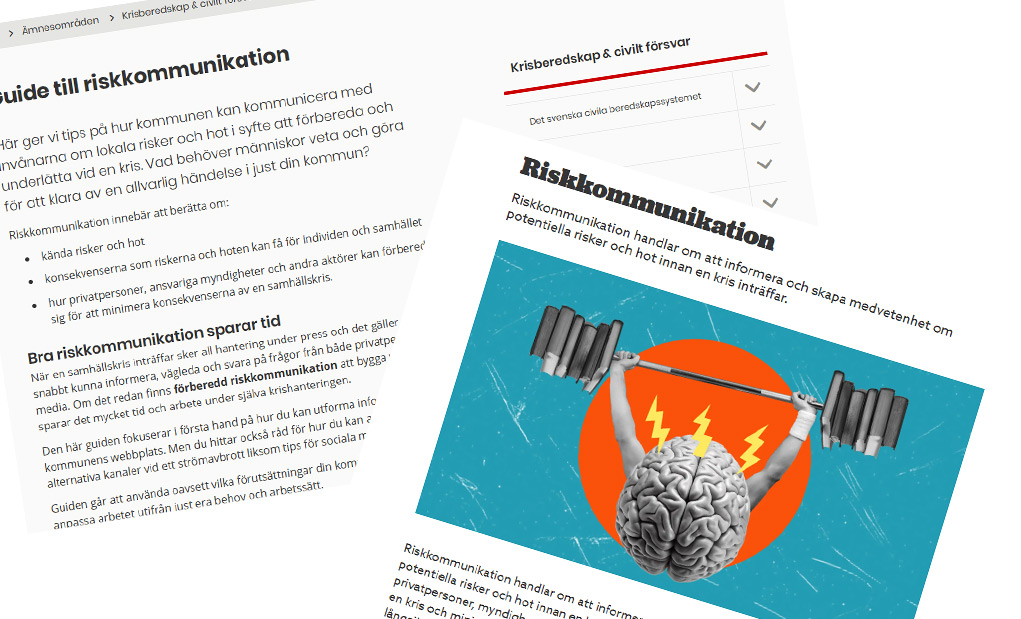Let’s talk about the weather – and do something about it!
The weather is an important topic in daily conversations with friends and colleagues, especially when barbecue plans for the weekend are “rained off”. Also, firms depend highly on the weather when we think of farmers, who need enough (but not too much) rain and the right temperatures for their crops, ice cream parlors that make losses if a summer is rainier and colder than expected, or energy companies that sell less gas and make less money in a milder winter. Due to climate change, the impacts of weather have increased in the last decade and will become more severe in the future.

“Everybody talks about the weather, but nobody does anything about it.” This quote, often credited to Mark Twain or Charles Dudley Warner, is no longer true: Since about twenty years ago, there has been a possibility to do something about the weather: index-based insurances such as weather derivatives, which are financial instruments whose values are derived from a weather index.
Author
- Associate Professor
- Jönköping International Business School
- matthias.ritter@ju.se
Traditional insurances are based on actual losses and require an expensive and time-consuming assessment of these losses. Weather derivatives in contrast lead to a payoff if the underlying weather index exceeds or falls below a predefined threshold. The weather index can be, for example, the average temperature or the total amount of precipitation measured at an official weather station over a certain period. Weather derivatives are offered from insurance companies and (to a limited extent) traded at the Chicago Mercantile Exchange.
Although it sounds easy to insure weather-related losses with weather derivatives, there is a major challenge: The firm must translate its weather dependency into changes of a weather index. This means it has to know exactly how much money it loses if the temperature changes by 1°C or if it rains 1 mm less. The inherent risk that the indemnity payment of the index-based insurance does not fully reflect the actual losses is called ‘basis risk’ and is considered the main obstacle of the use of weather derivatives in practice.
In a new article, “Exploring the weather-yield nexus with artificial neural networks”, published open access in Agricultural Systems (Link), I explore together with researchers from Humboldt-Universität zu Berlin, Germany, how basis risk can be reduced by using artificial neural networks (ANNs). Inspired by the functioning of the brain, ANNs process signals through artificial neurons and layers and are able to learn complex relations such as the weather-yield nexus.
Using yield data from over 3,000 farms in Germany for 16 years, we train ANNs and traditional models and compare their performance in predicting the yield based on temperature, precipitation, and soil moisture data. We find that the use of ANNs together with daily instead of monthly weather data and smaller subregions is beneficial.
The remaining error and hence the inherent basis risk, however, is still rather large. It has to be investigated if this stays the same for more advanced machine learning techniques and data from other regions, and if so, if other indices such as the area yield should be applied.
Detta är en bloggtext. Det är skribenten som står för åsikterna som förs fram i texten, inte Jönköping University.






